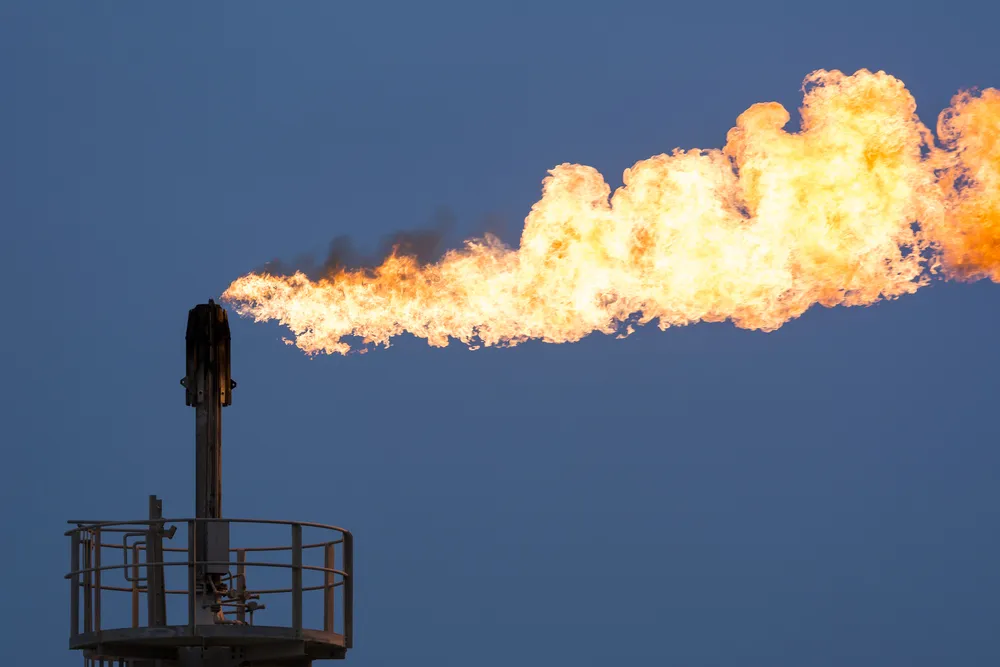Introduction:
This Valves, Actuators, and Control Systems in Oil & Gas Industry provides an engaging overview of the essential features of control valves and actuators. Understanding these components and their proper applications is crucial for maximizing operational efficiency and control, given their significance in processes worldwide. This seminar will facilitate participants in the installation thinking process for valves and actuators, enabling them to identify the right combinations of devices for their specific applications.
The training course emphasizes critical valves and actuators, broadening participants' understanding of the flow dynamics associated with these components. Participants will learn to recognize the differences between various valves and actuators and how these devices fit into larger systems. This knowledge will better equip them to make strategic, high-level decisions in their planning and implementation efforts.
Additionally, this discipline intentionally addresses valves, actuators, control, and safety systems in the oil and gas industry. Proper application of these critical components can achieve optimal performance while ensuring safety.
Objectives:
At the conclusion of this Valves, Actuators, and Control Systems in Oil & Gas Industry course, participants will be able to:
- Understand how the most frequently used valve constructions operate.
- Choose an appropriate valve for a given task.
- Assess the minimum or most economical size of a particular valve device.
- Select the most appropriate actuator to drive and control required valves.
- Improve the control level of control valves from the field using various techniques.
Training Methodology:
- Lecture
- Application of case studies
- Group work
- Engaging demonstrations
- Modeling
- Problem-solving exercises
Course Outline:
Unit 1: Principles of Valves, Their Functions, Their Types, Control Signals, and Flow Condition
- Basic understanding of valve principles, control signal usage, and the purpose of specific valves.
- The interaction between flow and valves.
- Definition of Reynolds numbers.
- Cavitation and flashing and their effects on valve selection.
- Equipment related to valve installation.
- Structure and function of elements, main and auxiliary devices, and closures.
Unit 2: Valves in P&IDs, Leakage, Valve Characteristics, and Valve Size Calculations
- Continuation of structural and functional definitions of thermal hydraulic valves and valve controllers.
- Connected and finite element-related valves.
- Valves-linked P&ID diagrams.
- Determination of valve leakage and calculation of leakage rates.
- Valve inherent characteristics and their importance post-installation.
- Plumbing manual calculations for appropriate valve size determination.
Unit 3: Valve Software, Actuators, Positioners, Cavitation & Noise Control & SIS
- Computer programs for sizing control valves.
- Diverse actuators and their properties and characteristics.
- Valve positioners.
- Cavitation and noise control associated with valves.
- Valves in pressure relief and safety instrumented systems (SIS).
- Manipulating digital controllers with valves.
Unit 4: 3-Term Controllers and Loop Tuning for Processes Containing Control Valves
- Expertise in the application of valve fail-safe controller action strategies.
- Understanding the variables required for three-term control.
- Open loop tuning of controllers engaged in control valve loop activities.
- Closed loop tuning of controllers in control valve loop activities.
- Control valve tuning through trial and error.
Unit 5: Utilization of Valves in Cascade, Ratio, Dead Time Dominant, Non-Linear, and PLC Control Processes
- Handling a cascade loop with a single valve and multiple controllers.
- Tailoring a ratio loop with a single valve and multiple process variables (PVs).
- Dead time dominant loops and their effects on valve performance, and correction methods.
- Utilizing control valves in processes that respond differently in various zones.
- Configuring PLCs in relation to valves.


















